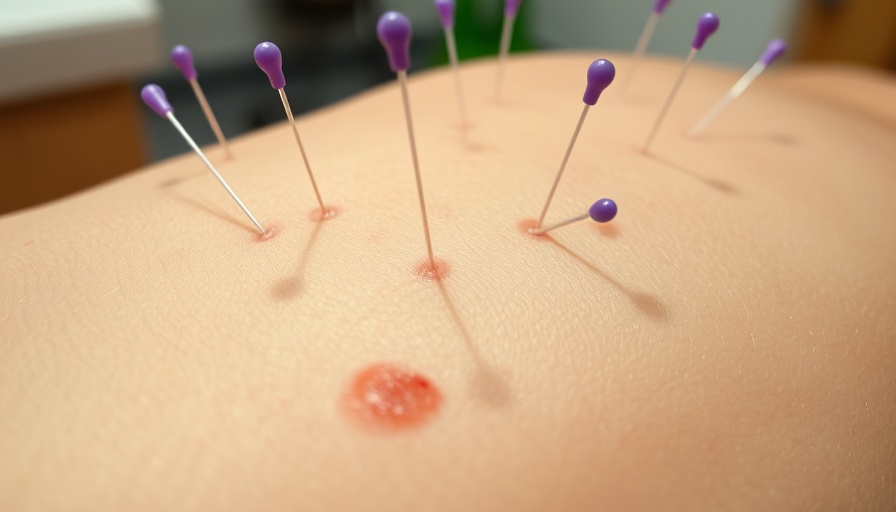
Understanding Acupressure and TENS in Labour
In a landscape increasingly focused on holistic and non-pharmacological treatment options, a significant clinical trial from Shanghai has shed light on the potential benefits of combining acupressure with transcutaneous electrical nerve stimulation (TENS) for pain management during labor. This innovative study, involving 600 participants, employed a stepped wedge cluster randomised trial (SW-CRT) design, allowing each treatment option to be implemented sequentially across different labor and delivery units (LDUs) while ensuring all patients eventually benefited from the interventions.
What is SW-CRT and Why is it Important?
The SW-CRT methodology allows for a structured evaluation of interventions when it is logistically difficult to roll them out simultaneously. In this trial, the initial approach of providing only the standard care allowed researchers to compare its effectiveness against the innovative approaches of TENS and acupressure interventions introduced subsequently. This careful design not only optimizes resource allocation but also ensures all involved receive beneficial treatment.
How Does TENS Work in Labour?
Within the trial, TENS was utilized effectively along with acupuncture points on the left arm, targeting the LI4 and PC6 points, respectively known for pain relief and regulating labor. Stimulation levels were carefully tailored to the woman’s tolerance, utilizing frequencies that align with established practices in acupuncture and TENS applications. The combination of these electrical impulses showed significant promise in reducing perceived pain scores among participants.
The Role of Acupressure Techniques
The introduction of acupressure, particularly via the application of Vaccaria seeds on auricular points and body acupuncture points based on labor stages, adds another layer for managing pain and enhancing comfort during childbirth. Notably, while TENS seemed to outperform acupressure when used alone, the practical application involving both methods together indicated a holistic approach that cannot be dismissed. The findings suggest that the integration of various techniques might still cultivate greater comfort by addressing multiple endpoints of pain experience.
Significant Findings from the Trial
The results speak louder than mere statistics—lower numerical mean Visual Analog Scale (VAS) pain scores during the TENS and TEAS intervention groups are noteworthy. Importantly, participants in these groups reported a significant delay in the need for pharmacological analgesia, underscoring a shift toward more natural childbirth experiences. For residents in Gig Harbor seeking alternatives to conventional pain management, the implications of this study resonate well within the fabric of local holistic health philosophies.
Implications for Holistic Health Practices
With a growing emphasis on natural and holistic approaches to health care, this study highlights meaningful avenues for practitioners and patients alike. Gig Harbor residents have the opportunity to explore acupuncture practices that align with these findings. Whether seeking acupuncture for pain relief or broader applications within the realm of traditional Chinese medicine (TCM), the integration of TENS and acupressure could represent a pivotal moment in their health journeys.
Taking into consideration local initiation and accessibility to community acupuncture clinics, women seeking a natural approach to childbirth can enrich their labor experiences with these combined modalities. As healthcare evolves, understanding the synergy between different treatments opens doors to profoundly personalized care options.
 Add Row
Add Row  Add
Add 




 Add Row
Add Row  Add
Add 

Write A Comment